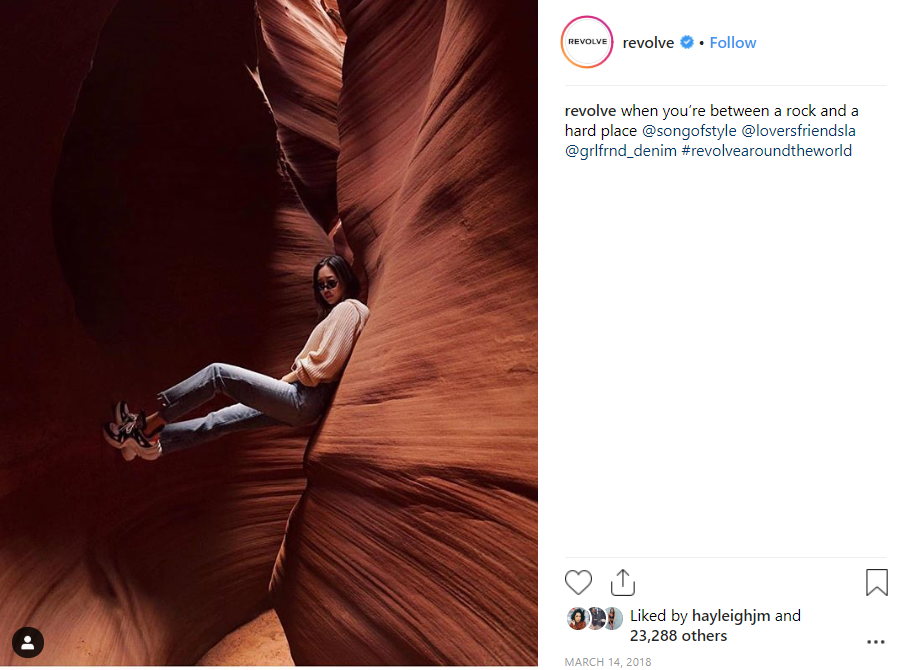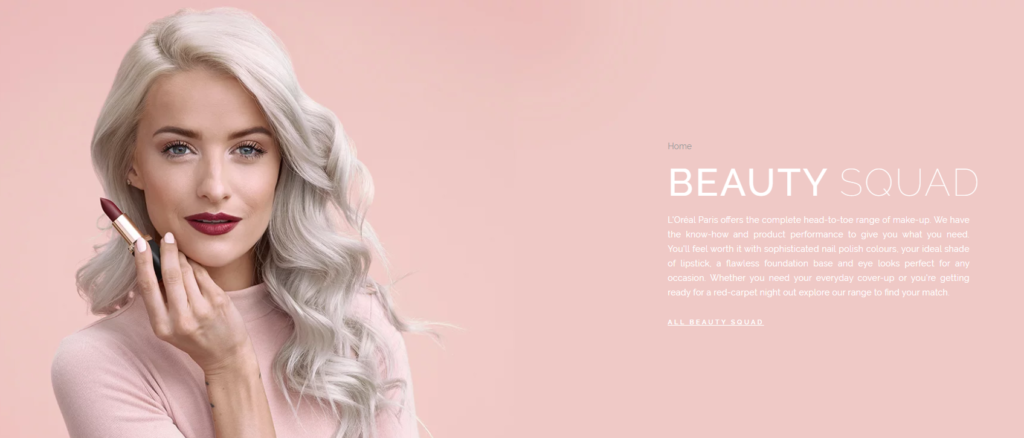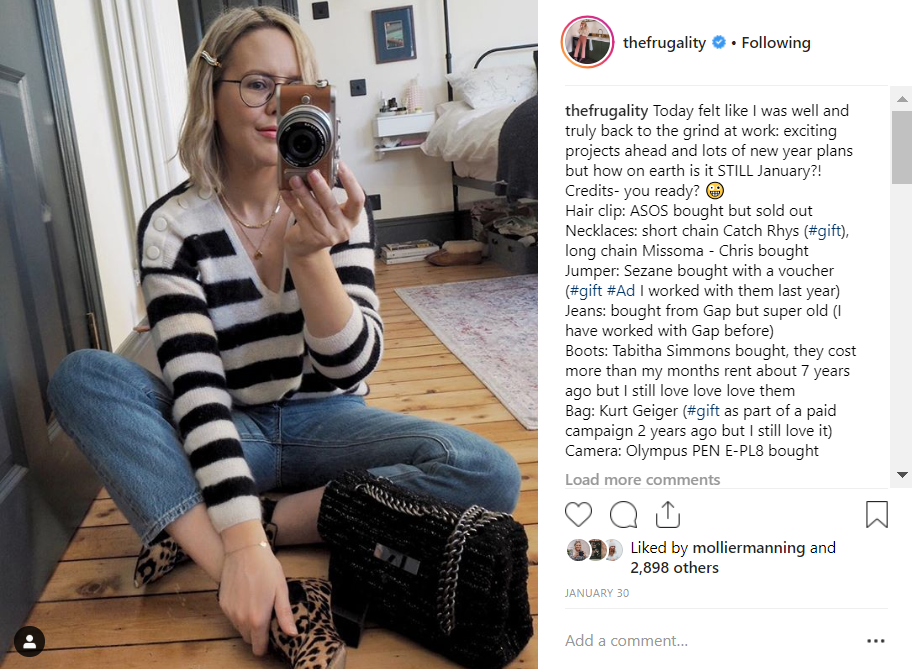Make sure to get accurate audience data from influencers
This first tip may seem like common sense, but you’d be surprised how many brands agree to work with influencers without ever seeing exports from analytics or social to prove they have the audience they claim to have – unfortunately media kits can lie!
There has been a recent uproar following a (now deleted) Medium article which showcased how several successful influencers had used bots to increase their engagement and following. These same influencers are still going on all-expense paid trips to the Maldives and other glamorous locations.
Unfortunately brands need to make sure they are aware of this as a practice and make use of tools such as Social Blade and IG Blade to check an influencers following is legitimate before considering working with them.

Some things to look out for:
- Large changes in number of accounts the influencer is following – this suggests they are using a ‘follow’ bot which periodically follows and unfollows other Instagram accounts in order to try to encourage people to follow them
- Abnormally high engagement percentage – this suggests uses of ‘auto-like’ bots, which bump up the engagement percentage but aren’t real users
- A large amount of similar, generic, and often irrelevant, comments on photos – similarly to the auto-likes, these suggest bots are being used to boost engagement metrics
All influencers will see some unnatural activity on their accounts but the tools mentioned help to point out those who are doing this deliberately as a growth technique. By ensuring the data you have is accurate you can ensure that you are setting reasonable, achievable KPIs based on genuine numbers.
Make use of influencers to create a bank of content
Using influencers gives brands a bank of content they can use across social channels, providing you agree brand ownership of content within the contract. Specifically, in the case of photo content this can be more affordable than other options e.g. hiring a photographer, renting a location and paying for editing of the final product. Rather, the influencer will handle everything themselves for the fee you’ve already agreed.
This has been successful for brands such as fashion retailer Revolve and beauty brand Benefit. Revolve frequently takes influencers on trips around the world, which they universally call #revolvearoundtheworld. Those influencers range from American actresses to UK YouTubers. Not only do these trips gain huge exposure for the brands on the influencers’ own channels, they are also left with a huge bank of images and videos that they are able to use on social and, contract dependent, in ad campaigns too.
In an interview with Forbes Revolve CEO Michael Mente explains that these images and the brand’s relationships with influencers enable it to market itself by creating relatable examples of people wearing the clothes and having a great time. He goes onto say; ‘it makes sense for our customer, our demographic and our brand’.

Develop long term partnerships to encourage more organic coverage
By partnering with influencers on a long-term basis, rather than a one-off campaign, brands develop a more meaningful relationship which can lead to natural coverage alongside the agreed paid-for coverage.
L’Oréal are an example of this type of relationship – they have developed their ‘Beauty Squad’ which includes Victoria Magrath from In The Frow, Ruth Crilly from A Model Recommends and Lydia Elise Millen amongst many others. Between them, these three influencers boast over 1.7 million followers on Instagram alone, not considering other social media channels such as Twitter and YouTube. Each influencer within the Beauty Squad is supplied with new releases and are then paid to promote the products a certain number of times.

A benefit of this can be recurring organic features of the products on the influencers social channels. It’s worth noting there have been recent developments in how influencers must declare gifts and relationships with brands. The ASA (Advertising Standards Authority) released new guidelines at the end of last year. This means that influencers must now declare any past relationships with brands within their Instagram captions e.g. if they are wearing an item from Topshop but have previously had a paid relationship with the brand, this needs to be declared. An example of this can be seen below:

Create lifestyle imagery which can be used for link building
Images can often be expensive to purchase and so many bloggers and journalists will try to source photography they can use for free and simply provide credit with a link. By providing relevant lifestyle-based images, this can become a low-effort link building tactic which will enable you to use your influencer marketing investment to help satisfy SEO and link building KPIs.
There are two ways to build links using images. The first is to look for existing instances of someone using an image owned by your company, brand, or website online and requesting a link back as attribution. The second is to use an image hosting site such as Flickr under a Creative Commons license requiring attribution. To do this, upload relevant images, such as an influencer’s imagery, with instructions for how those wishing to use the image should credit the source – i.e. with a link back to your client’s site. As lots of brands are very image led, there are many images that could be used for this strategy.
An example of this is in this article HomeAway as linked to boden.co.uk to credit an image that it used from the company’s blog.
This list of tactics is by no means exhaustive, but hopefully demonstrates some of the ways you can maximise ROI on influencer marketing outside of the usual KPIs and help to justify spend to the wider team.
We’re always open to conversations and questions, so get in touch if you’d like to have a chat about your influencer strategy.
